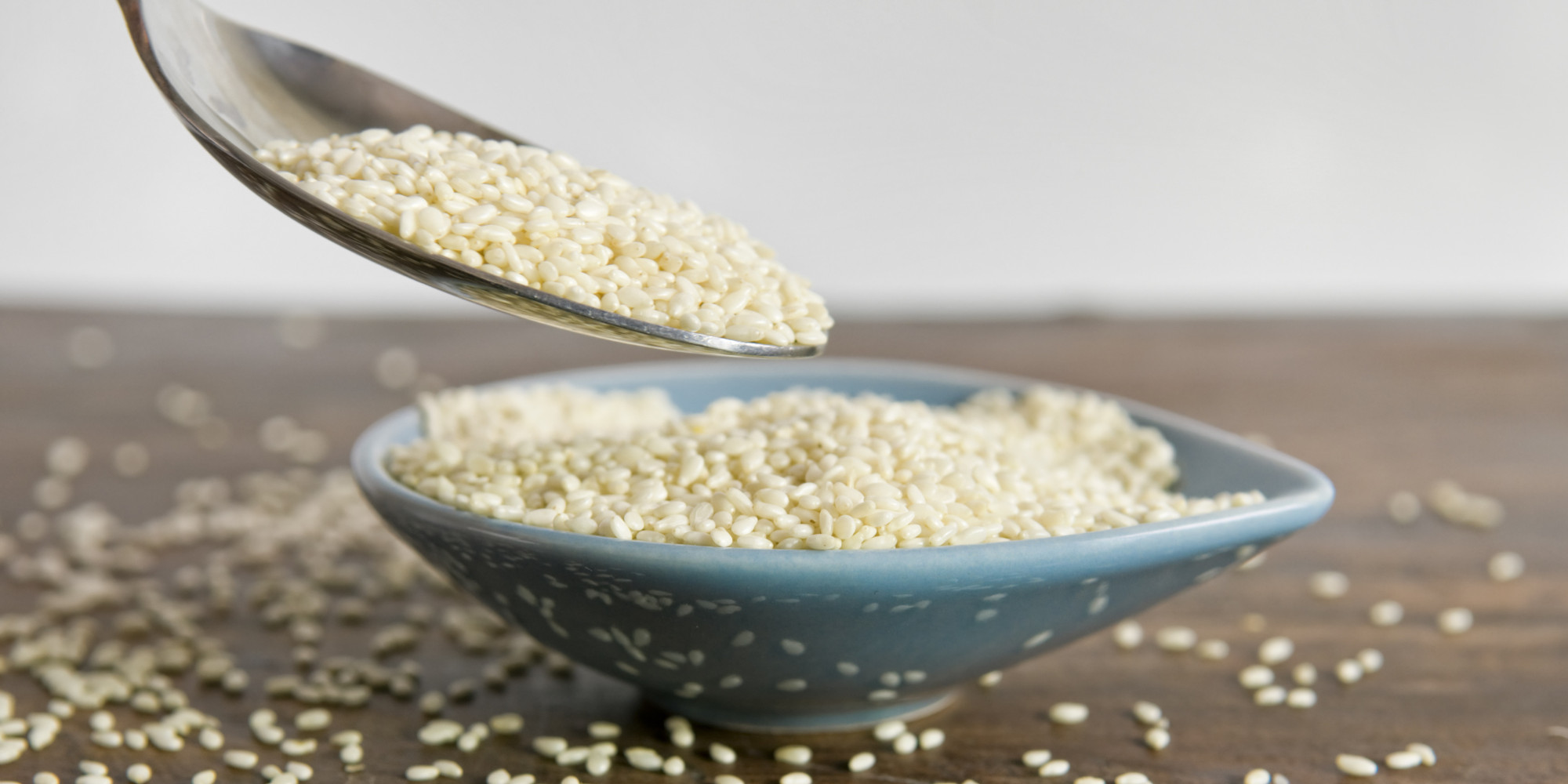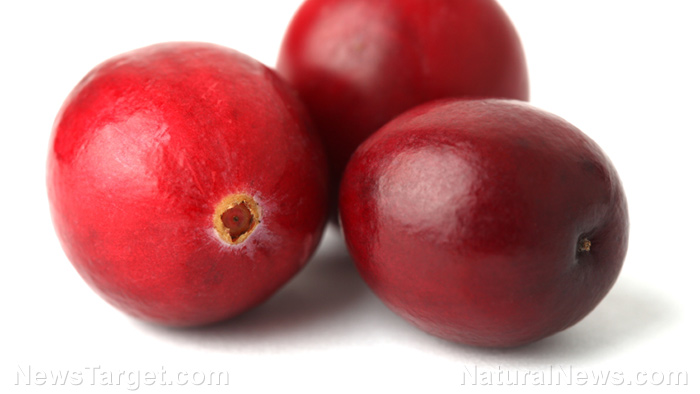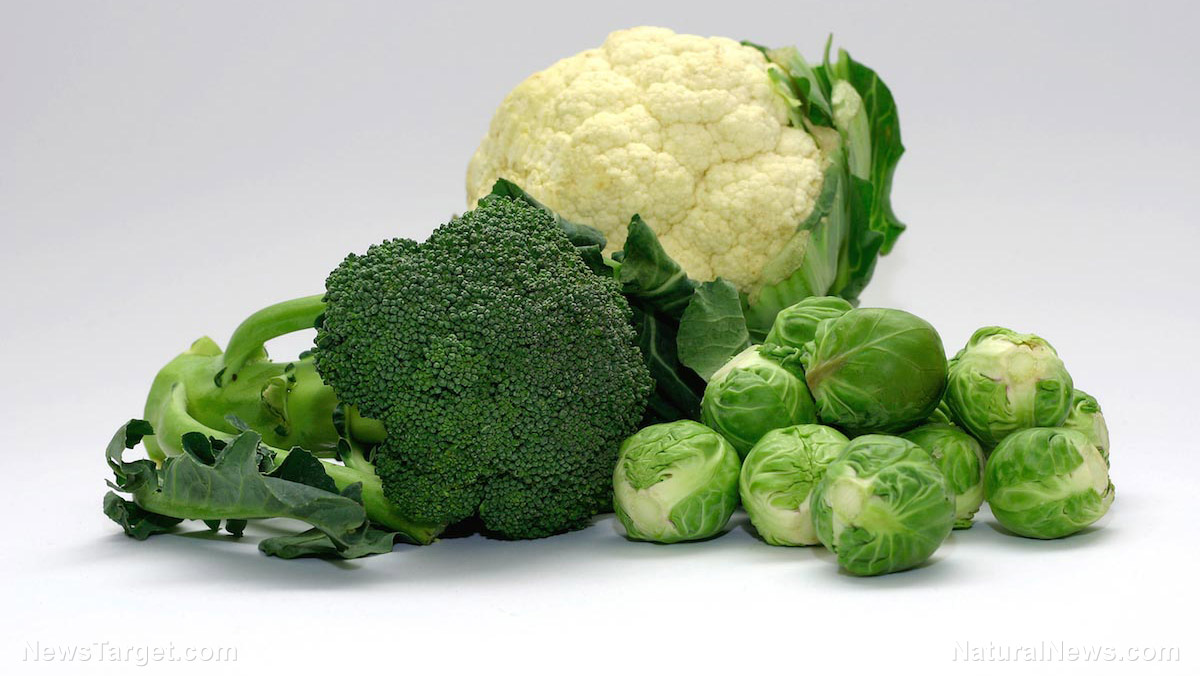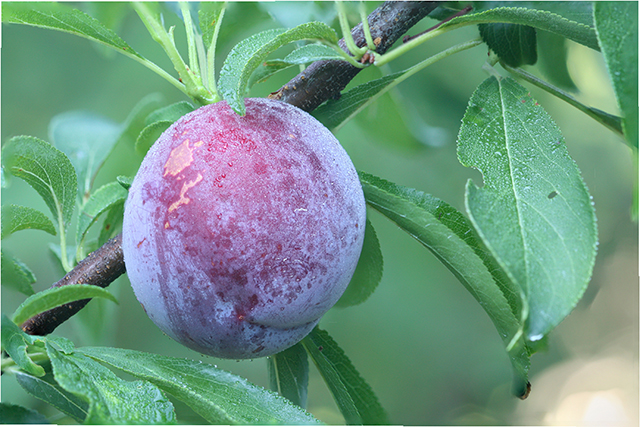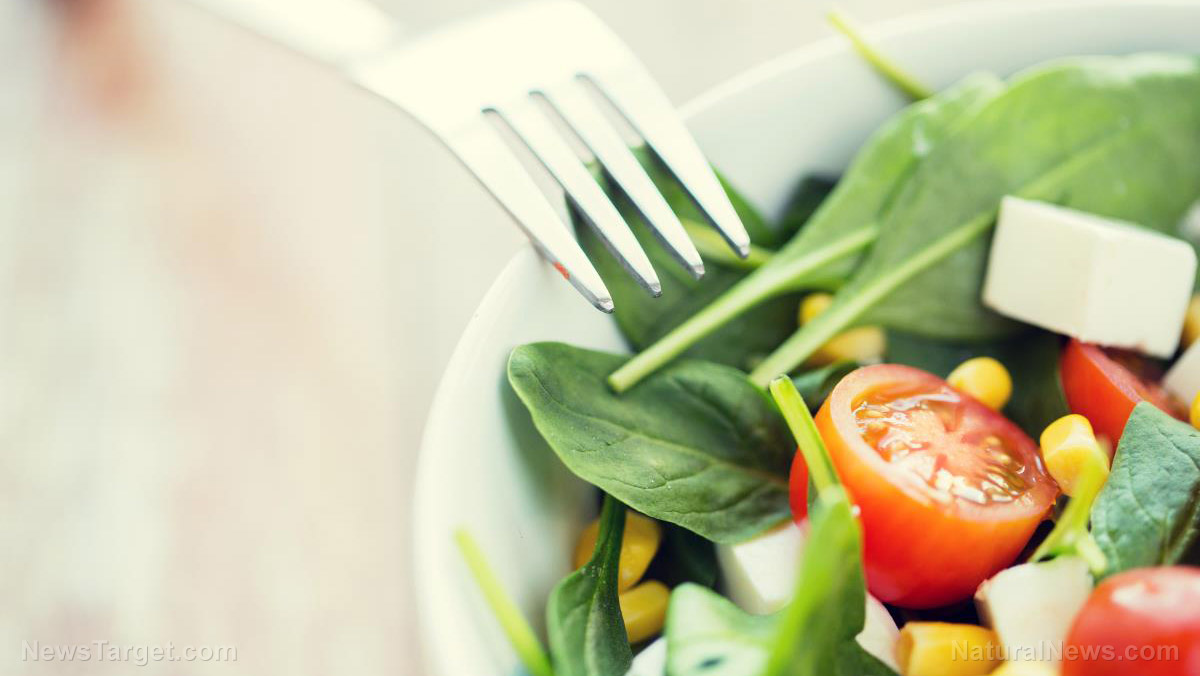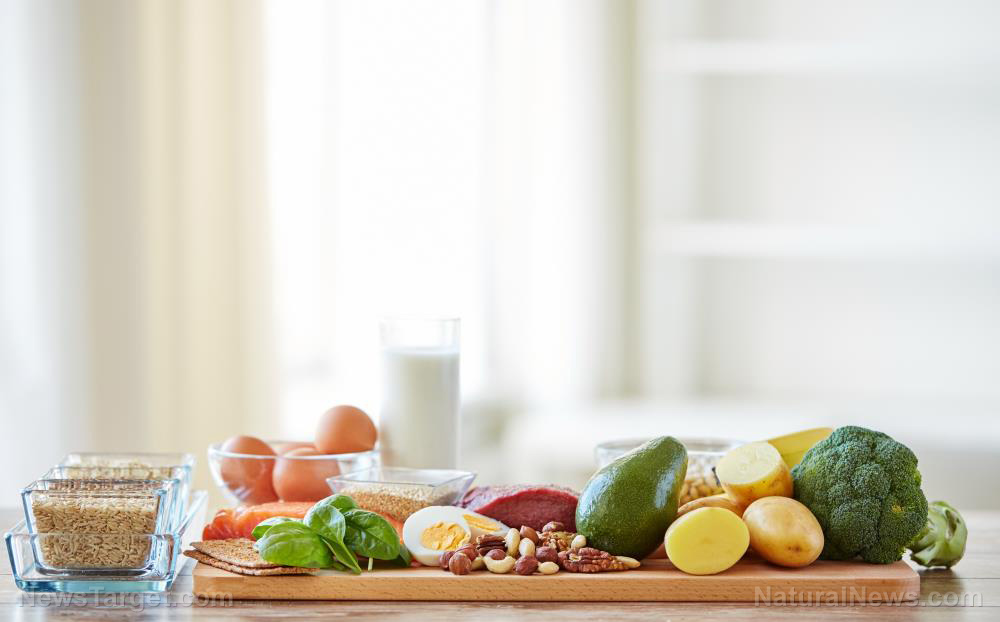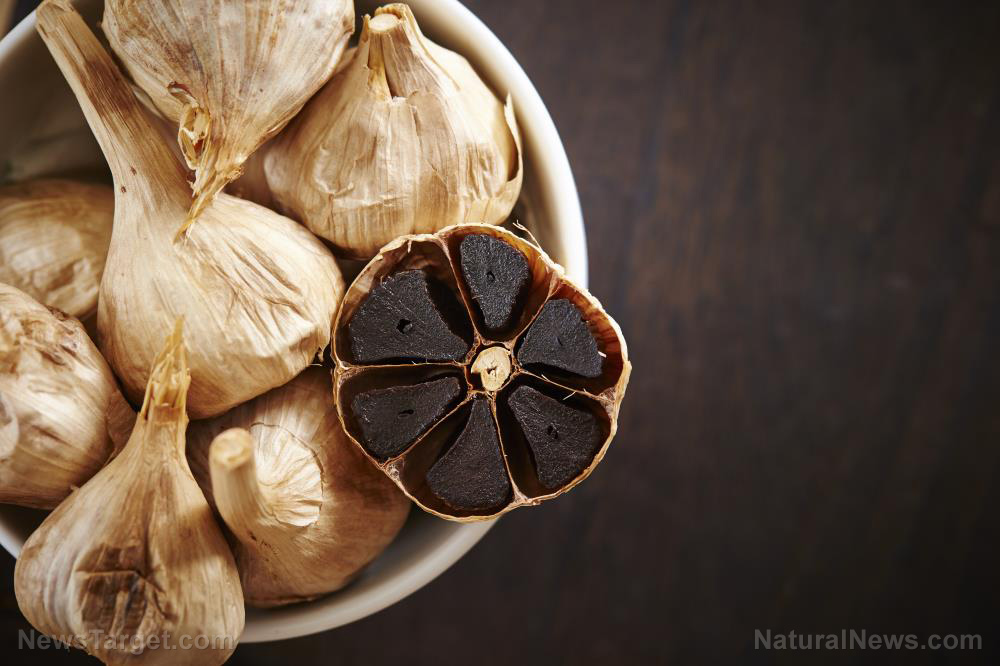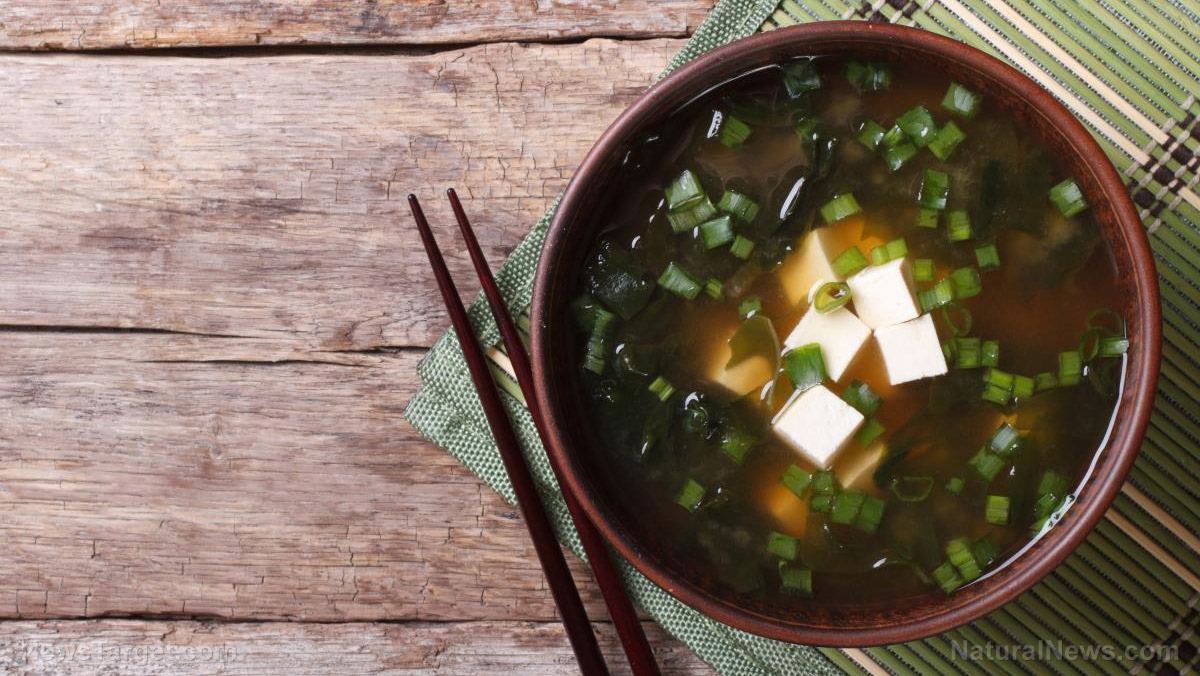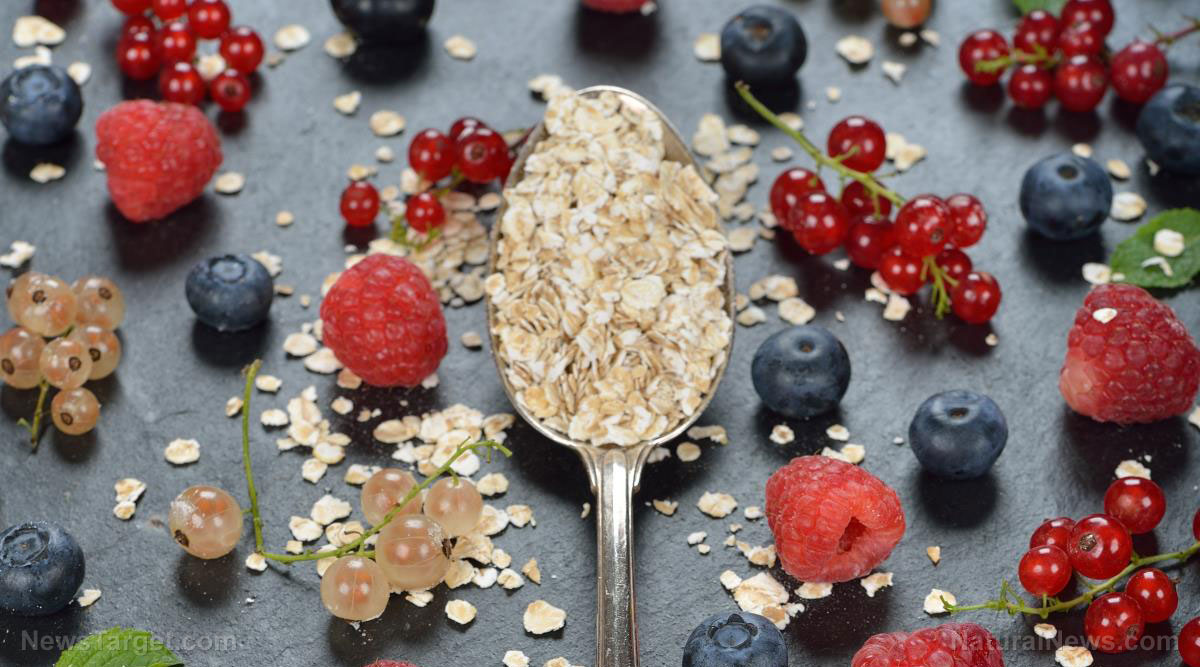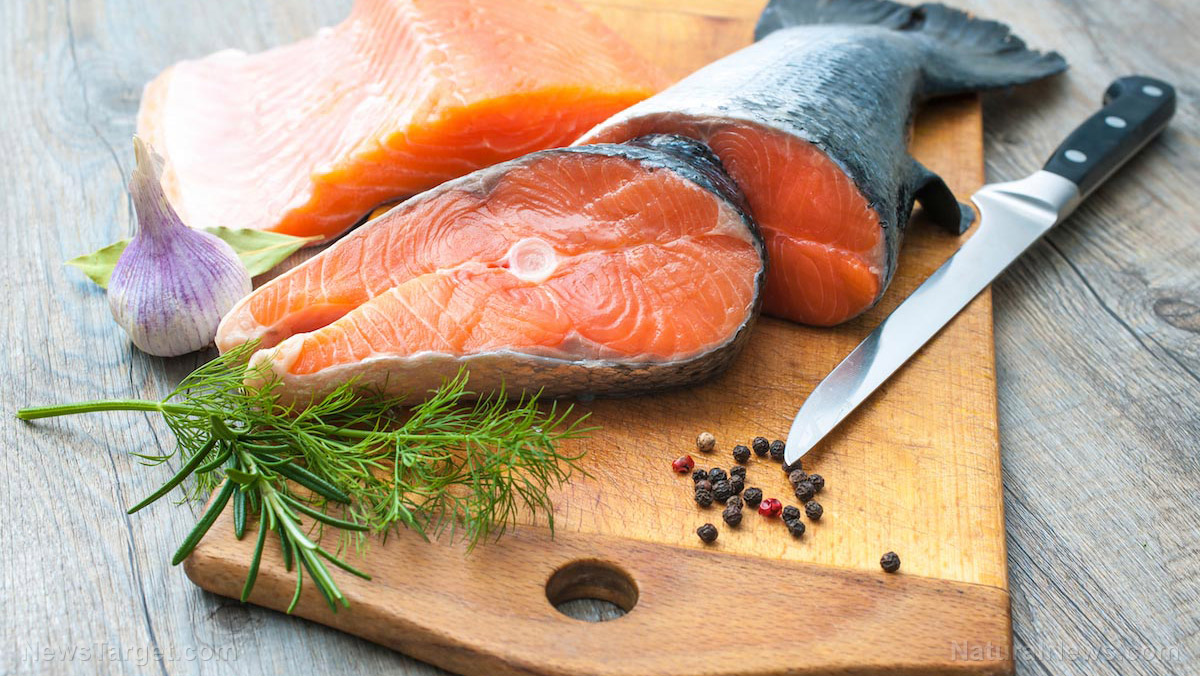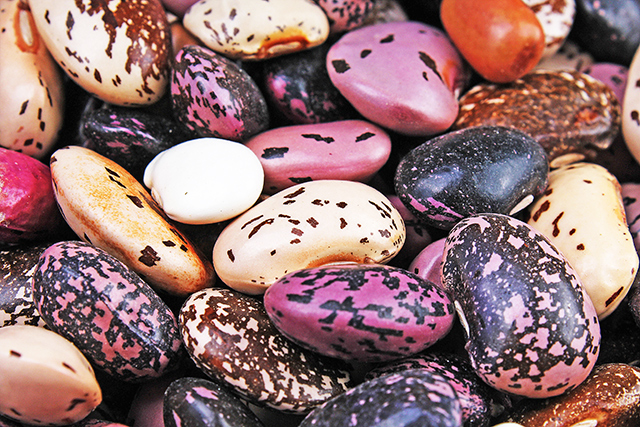Reduce food cravings and feel fuller longer while improving your health by eating chickpeas
06/12/2019 / By Edsel Cook

Chickpeas offer a natural way to control weight and prevent obesity. Eating the legume is an excellent way to reduce food cravings since it increases satiety. Furthermore, chickpeas have a lot of nutrients that support the digestive system and prevent heart disease.
The legume contains considerable amounts of soluble fiber. Foods with plenty of fiber provide more fullness. They also take more time to leave the stomach. Dietary fiber itself helps reduce the risk of sudden rises in blood sugar levels.
Chickpeas also have a lot of protein. Like fiber, protein is also very filling, much more so than carbohydrates or fat.
Consuming chickpeas can lower the expression of a hormone that increases appetite and hunger. Reducing food cravings leads to weight loss, as seen in a 2010 study conducted by researchers at the University of Tasmania (UTAS).
In addition to their usual diet, participants consumed four ounces of chickpeas each day. They did not have any restrictions on their caloric intake.
The results showed that the participants felt more sated and ate less food, especially the heavily-processed foods with high calories. Volunteers did not consciously change their eating patterns. The health benefits only disappeared when they stopped eating chickpeas. (Related: Incorporating more “pulses” in your diet found to lower diabetes risk.)
Chickpeas prevent cardiovascular disease by reducing harmful cholesterol levels
Upon reaching the stomach, the soluble fibers in chickpeas bind themselves to bile acids. The binding process increases the amount of LDL cholesterol that gets removed from the body.
LDL cholesterol may undergo oxidation and accumulate within the walls of arteries and other blood vessels. The more cholesterol in the blood, the higher the risk of arterial plaque, atherosclerosis, and bouts of inflammation.
Eating chickpeas can prevent these from happening. The legume contains quercetin, caffeic acid, and other polyphenols that lower LDL cholesterol levels and make it more difficult for cholesterol to undergo oxidation.
In 2000, Jadavpur University researchers held an experiment where volunteers ate half a cup of chickpeas each day for eight weeks. During the trial, the LDL cholesterol of the participants went down by 17.1 percent.
Another way chickpeas can benefit heart health is through their high folate content. Folate and other B vitamins work together to reduce the levels of homocysteine, an amino acid associated with heart disease and inflammation.
The magnesium found in chickpeas also helps support cardiovascular health. Magnesium plays a significant role in normalizing blood pressure. The legume contains 20 percent of the recommended daily value of this mineral.
This tasty legume encourages weight loss while providing so many nutrients
Chickpeas are not just a great source of essential nutrients. They are also very delicious, as they taste like butter and have a firmly pleasant texture.
One of the healthiest ways to prepare chickpeas is to boil them. A cup of boiled legumes contains a moderate amount of calories in addition to all of the nutrients listed above, such as proteins and soluble fiber.
The cup’s worth of boiled chickpeas also contributes 84 percent of the recommended daily dose of manganese, which is used to break down carbohydrates and fats. Furthermore, it delivers 71 percent of the folate needed by the body.
Other nutrients found in chickpeas include iron, potassium, and zinc. In addition to folate, it has other B vitamins, such as thiamine, riboflavin, and pantothenic acid. There is also a lot of vitamin K, which ensures blood clots form when needed and strengthens bones.
To summarize, chickpeas can protect against gastrointestinal problems, heart disease, inflammation, and obesity. Its numerous health benefits cement its position as a healthy superfood.
Sources include:
Tagged Under: chickpeas, food cravings, healthy digestion, prevent obesity, weight control, weight loss foods
RECENT NEWS & ARTICLES
FoodCures.News is a fact-based public education website published by Food Cures News Features, LLC.
All content copyright © 2018 by Food Cures News Features, LLC.
Contact Us with Tips or Corrections
All trademarks, registered trademarks and servicemarks mentioned on this site are the property of their respective owners.


